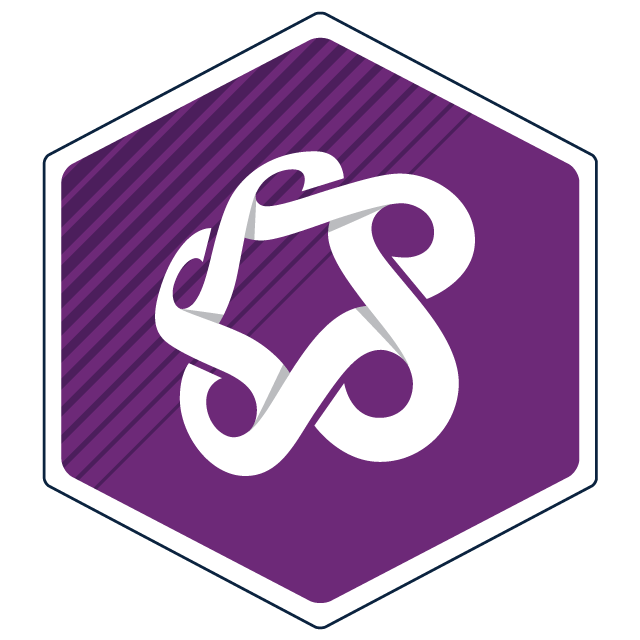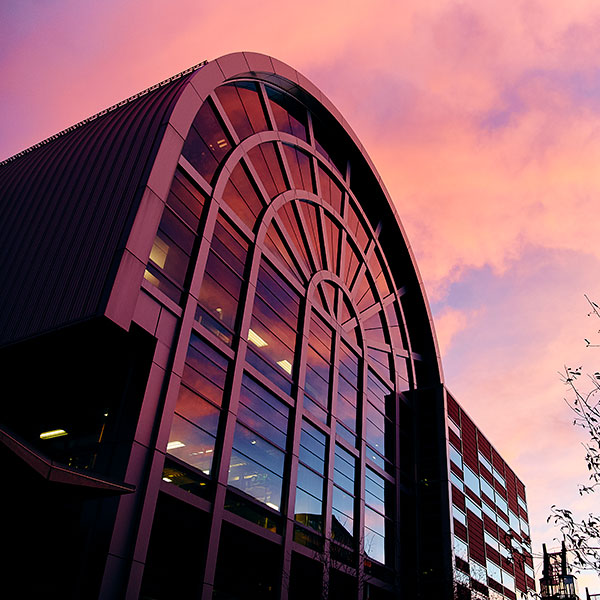On this page:
Overview
This lab-based course will introduce you to lighting principles for live and recorded events and provide you with the technical and communication skills to work as a professional lighting technician. You’ll get hands-on training on several types of lighting fixtures, as well as lighting consoles. You’ll learn the basics of DMX lighting protocol and lighting signal, systems and basic electrical theory.
Additionally, you'll explore lighting design and how it is used in a live events context. By the end of the course, you’ll bring it all together and have the foundational knowledge needed to ensure performers and speakers can be seen both by cameras and by audiences.
The following materials will be provided during this course:
- lighting fixtures
- lighting consoles
- ETC Nomad dongle and
- safety equipment needed to access lighting
- access to the EOS Family Console software (ETC)
AUDI-017 Introduction to Event Production and Content Creation is a mandatory prerequisite for this course.
Upon successful completion of this course, you’ll be able to:
- understand the role of a lighting professional in a live event setting
- demonstrate proper safety protocols when working with lighting systems
- understand the basic electrical components of a lighting system
- demonstrate how a basic lighting system functions
- understand how the DMX protocol is used in lighting control
- describe how lighting control systems work
- identify and operate several types of lighting fixtures
- understand lighting properties and how to alter them
- demonstrate the correct operation of a lighting console
- demonstrate the basics of lighting design.
You’ll demonstrate your skill and knowledge acquisition through coursework and assessments during class time. 100% punctuality, attendance and participation in all classes on campus is required for an optimal learning and job-ready experience.
Upcoming dates
Select an available section and add it to your cart. When you're ready, proceed to check out to sign into your student account and complete your registration.
Don't have a student account? Let's set one up!
Registration closes seven days before the start date for on-campus, online scheduled, and blended courses, and one day before the start date for online self-paced courses.
After you've completed this course
Upon successful completion of this course, you'll be able to self-print a proof of completion document from your Continuing Education student account.
Micro-Credential
Aligned to current industry standards, SAIT’s micro-credentials develop practical, real-world skills and include competency-based testing. Earning a SAIT micro-credential demonstrates to employers you have the required competencies — both skills and knowledge — to get the job done.

Students who successfully complete this course with a final grade of A- (80%) or higher will earn a micro-credential and receive a shareable digital badge.
Costs
Textbook and reading list
All reading materials for this course are included in the tuition and fees.
Technology
To be successful in this course, you’ll need:
- Access to your own computer or laptop with standard hardware/software requirements.
- Internet access
Additional supplies
The following equipment and PPE are required for the first day of this course:
- C-wrench
- Heat-resistant work gloves
- CSA-approved hard hat
- CSA-approved safety shoes
- USB stick (minimum 32GB)

Financial support
Financial opportunities are available to help pay for your course fees. Learn more about how to reduce your education or training costs with available awards, bursaries, loans and grants including the Canada Alberta Job Grant.
Applicable certificates
This course applies to the following certificate programs:

Train your team
Interested in group training opportunities for this course? Tell us about your organization's needs, and one of our training consultants will contact you within one business day.

Oki, Âba wathtech, Danit'ada, Tawnshi, Hello.
SAIT is located on the traditional territories of the Niitsitapi (Blackfoot) and the people of Treaty 7 which includes the Siksika, the Piikani, the Kainai, the Tsuut’ina and the Îyârhe Nakoda of Bearspaw, Chiniki and Goodstoney.
We are situated in an area the Blackfoot tribes traditionally called Moh’kinsstis, where the Bow River meets the Elbow River. We now call it the city of Calgary, which is also home to the Métis Nation of Alberta.